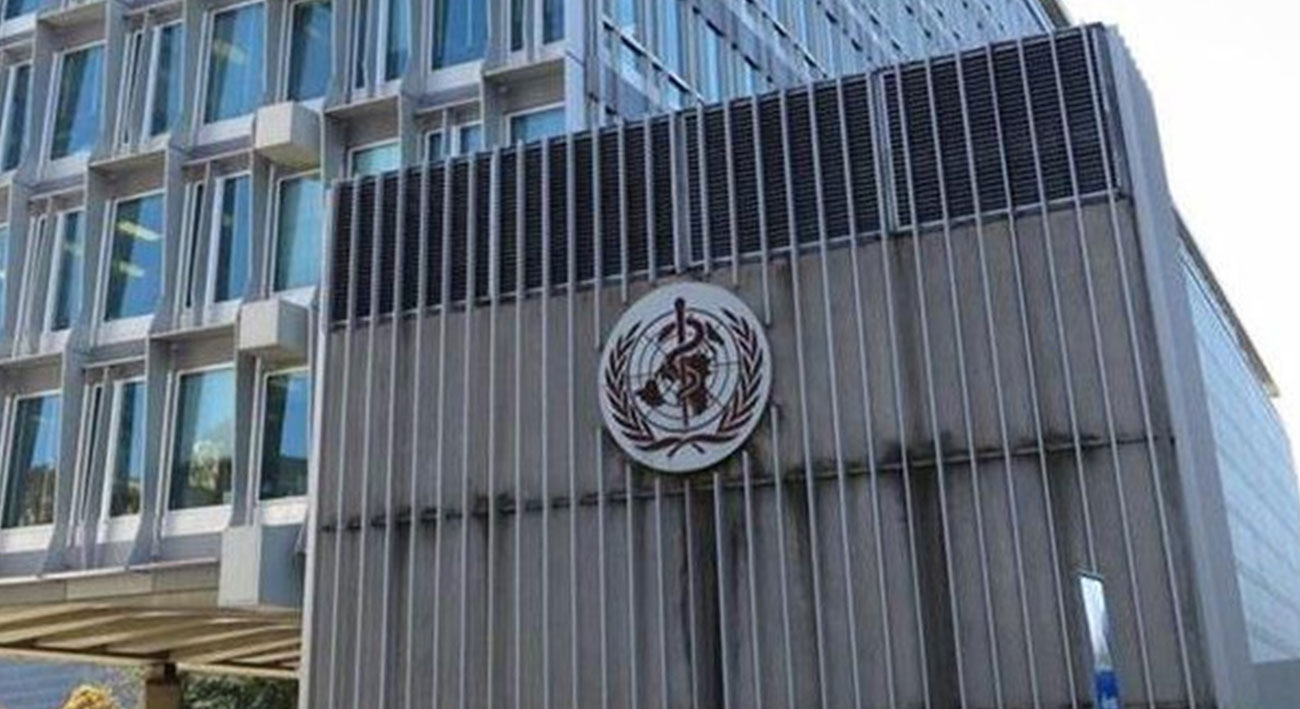
WHO has included a drug for HIV prevention once every six months in its recommendations
The WHO has added the injectable drug Yeztugo to its recommendations, with a single injection providing HIV prevention for six months. The decision was made against the backdrop of an expected increase in incidence in Africa following a reduction in aid from the US.
The World Health Organization (WHO) has officially recommended the use of the injectable drug Yeztugo (lenacapavir) from the pharmaceutical company Gilead Sciences. A press release about this was published on the official website.
The decision was announced at the 13th International AIDS Conference held in Kigali, the capital of Rwanda. This is the first approved drug for pre-exposure prophylaxis of HIV, which is administered once every six months. A month ago, it was approved by the US Food and Drug Administration (FDA).
The report quotes WHO Director-General Tedros Adhanom Ghebreyesus, who noted that while no vaccine for HIV has yet been developed, lenacapavir is the best long-acting antiretroviral therapy available. According to the results of Phase III clinical trials PURPOSE 1 and PURPOSE 2 involving more than 4,000 people, the drug reduces the risk of infection by 96%.
Last year, Science magazine recognized lenacapavir as the “breakthrough of the year.” However, its high price may be an obstacle to its widespread introduction into medical practice. In the US, a year's treatment costs $28,218.
A similar drug, Apretude (cabotegravir) from ViiV Healthcare (owned by British pharmaceutical giant GSK), costs $22,000. It requires injections every two months. The WHO recommended its use in 2022.
Every year, the number of HIV-infected people grows by 1.3 million. More than 70% of cases are in sub-Saharan Africa. The situation in the region may worsen after the Trump administration cut funding in June for PEPFAR, an initiative that helped Africans fight HIV/AIDS. Thanks to this initiative, more than 20 million people on the continent received antiretroviral drugs in 2024. According to the UN, under this scenario, between 2025 and 2029, there will be 6 million more people living with HIV, and the number of AIDS deaths will reach 4 million.
Source: World Health Organization
